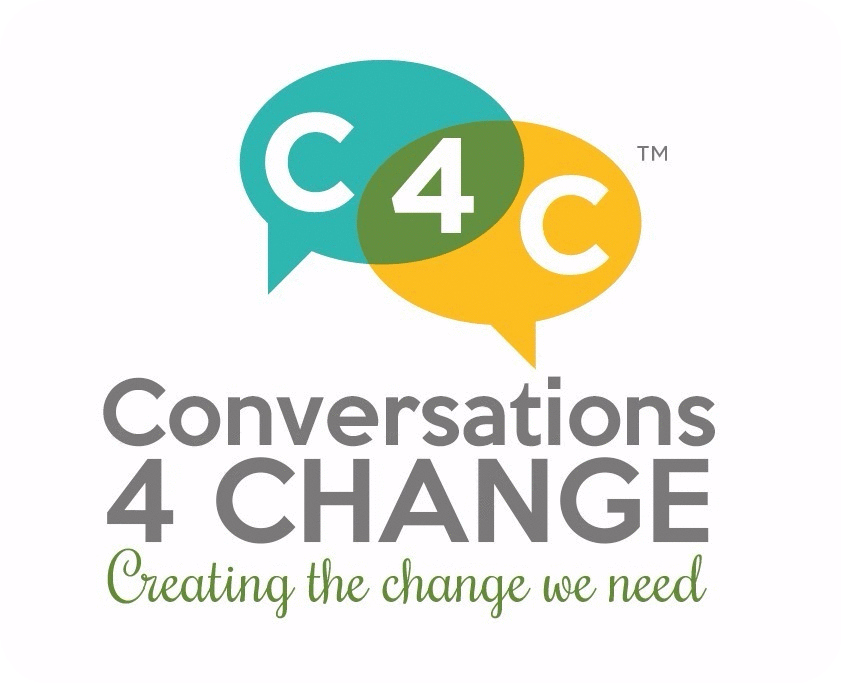I’m sure we all wish that there is a surefire formula for succeeding as an entrepreneur. Sadly, there isn’t. This means that the possibility of failing in your endeavor to create a thriving start-up or even running an existing business is very much present. If in the course of time, your business runs aground, it doesn’t in any way mean you should give up on your entrepreneurial dreams. It is important that you learn to embrace mistakes, setbacks or outright failure when they’re inevitable. The most successful entrepreneurs are usually those who are the least deterred by failure.
In the event that your start-up fails, what matters most will be how you go about making a recovery. Your response to the temporary setback actually determines the quality of your recovery as an entrepreneur. The biggest names in the business world have had their fair share of hiccups. If they had packed up after one or many failures, they never would have made it this far. The same applies to budding entrepreneurs. Remember, the only way to totally avoid failure is actually by doing nothing at all. This eliminates every chance of success too.
source: www.jjdelatorre.co
Giving up shouldn’t be an option. So, the question is: how can you effectively bounce back from a misstep? Here are suggested ways you can go about that.
1. Own up to your mistakes: Don’t try to make excuses or shift the blame to another person. The best thing for you to do is to admit your mistakes and then look for solutions or ways to avoid future re-occurrence. Throwing in the towel at this point only shuts out new opportunities for success.
2. See it as a learning process: Failure is just as valuable as success in that it shows you how not to go about a particular venture. Instead of losing confidence, you can become a better entrepreneur by learning from your mistakes. Treat it as a learning experience. According to Graham Gilley - a business coach, “only by learning from the failure do you reduce the chances of repeating the same mistakes.”
3. Fix it! Jazz musician Miles Davis once said, “When you hit a wrong note, it’s the next note that makes it good or bad.” Your reaction to the failure actually determines if you and your business will rise above the error and reach your goals. The best approach is to pick up the pieces and try to get workable solutions. Overall, this makes you a better entrepreneur than you were before the misstep. And surprisingly you would have improved your skill in some way from the experience.
4. Savor your victory - Yes. When you eventually fix the problem, take a little time to congratulate yourself and celebrate your success with your employees or colleagues. You have all deserved the celebration and celebrating will encourage you face the next inevitable challenge with courage.
5. Have a prevention plan: Getting things back on track should also include having a prevention plan. To help with this, you could put a system in place for candid feedback from clients and employees as well. Also, you could perform regular audits of your business processes. These and other existing measures can place you steps ahead of any possible problems that may arise.
6. Embrace Innovation - One of the many reasons why some businesses fail or record significant losses is the failure to keep up with the times. Be innovative! Look out for improvements or more efficient ways of carrying out your business effectively.
Remember, it’s all in the head. While some people might see failure as a death blow to their entrepreneurial aspirations, others perceive it as a slight bump on their path to business success. We’re wired to avoid failure, but when it comes, we should embrace it as a stepping stone to success. On his 10,000 failed attempts to invent a working light bulb, Thomas Edison said, “I didn’t fail 10,000 times; the light bulb was an invention with 10,000 steps.”


